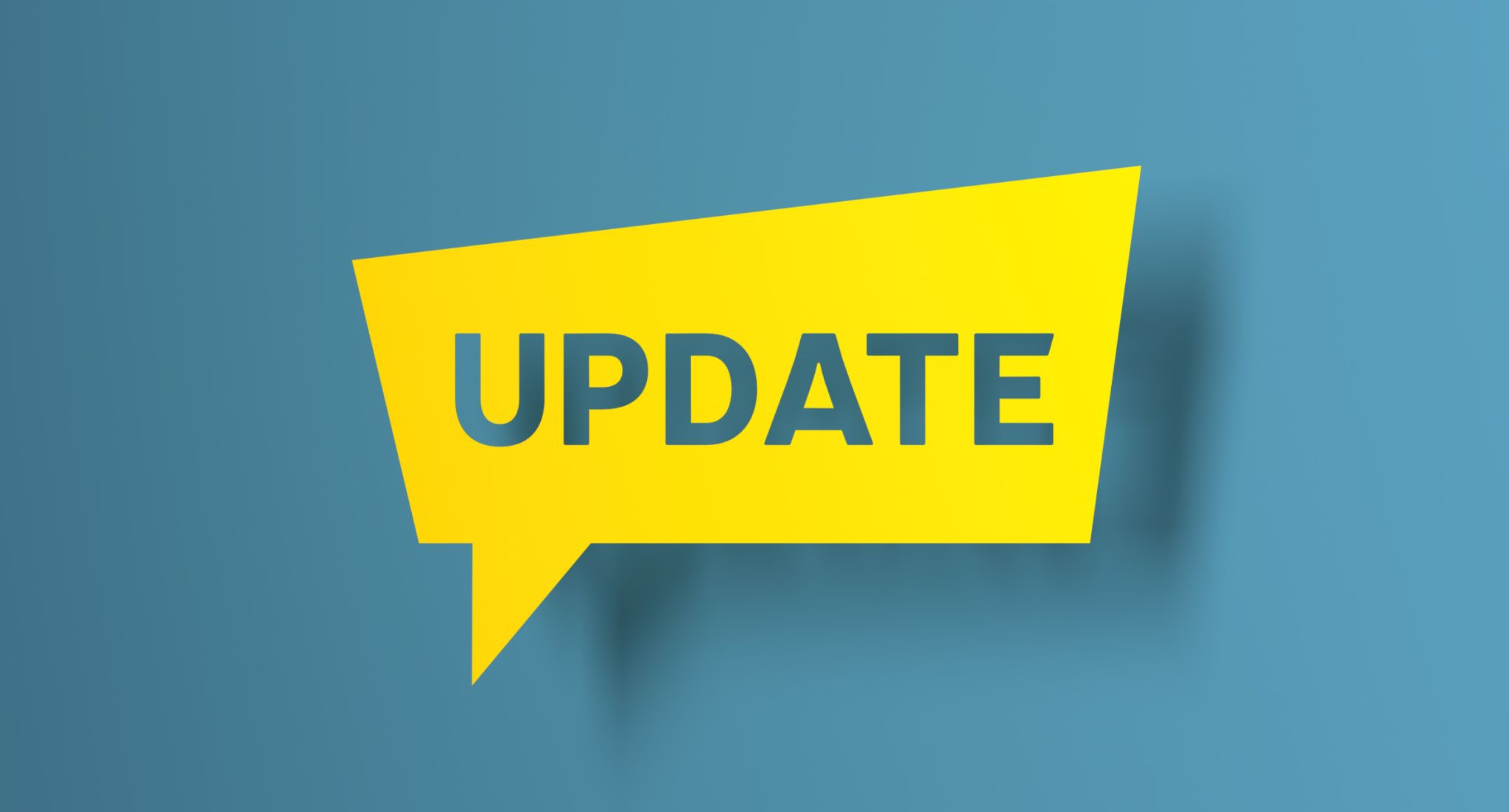SaaS Solutions vs. Traditional Software: Making the Right Choice
Understanding SaaS and Traditional Software
In recent years, the landscape of software delivery has evolved significantly, primarily due to the rise of Software as a Service (SaaS). While traditional software involves purchasing a license and installing the software on local computers, SaaS offers a different model: delivering applications over the internet as a service. This shift presents both opportunities and challenges for businesses deciding which solution best fits their needs.

Cost and Payment Models
One of the most significant differences between SaaS and traditional software is their cost structure. Traditional software typically requires a substantial upfront investment for licensing, with additional costs for upgrades and maintenance. On the other hand, SaaS operates on a subscription-based model, allowing businesses to pay monthly or annually. This can be financially beneficial for companies looking to manage cash flow more effectively and avoid large capital expenditures.
The subscription model of SaaS also offers scalability. Businesses can easily adjust their subscription plans based on current needs, adding or removing users without significant financial penalties. This flexibility makes SaaS an attractive option for companies anticipating growth or changes in their operations.
Deployment and Accessibility
SaaS solutions are known for their ease of deployment. Since no installations are required on individual devices, businesses can get up and running quickly. This is particularly advantageous for organizations with limited IT resources. Moreover, because SaaS applications are hosted in the cloud, they offer unparalleled accessibility. Employees can access the software from anywhere with an internet connection, fostering remote work and collaboration.

Traditional software, however, may provide more control over deployment and customization. Companies with specific needs or security concerns might prefer an on-premises solution that allows them to tailor the software to their exact specifications. This control can be critical for industries with stringent compliance requirements.
Maintenance and Updates
Another consideration is how each type of software handles maintenance and updates. With SaaS, updates are managed by the service provider and are automatically applied. This ensures that users always have access to the latest features and security patches without the need for manual intervention. It also reduces the burden on internal IT teams, allowing them to focus on other strategic initiatives.
Conversely, traditional software often places the responsibility for updates and maintenance on the business itself. While this can require more resources, it also enables companies to decide when and if they want to implement updates, providing greater control over the software environment.

Security Considerations
Security remains a top priority for any business considering its software options. SaaS providers invest heavily in robust security measures to protect client data, often implementing advanced encryption technologies and regular security audits. However, some businesses may still have concerns about data privacy and prefer to keep sensitive information on-premises with traditional software solutions.
When evaluating security, it's crucial for organizations to assess their specific needs and risk tolerance. A thorough understanding of how each solution addresses security can guide businesses in making an informed choice.
Making the Right Choice
Ultimately, the decision between SaaS solutions and traditional software depends on various factors unique to each business. Organizations should consider their budget, IT resources, scalability needs, customization requirements, and security posture when making this choice.
For startups and small businesses looking for cost-effective, scalable options with minimal IT overhead, SaaS may be the ideal choice. In contrast, larger enterprises with specific compliance needs or those requiring extensive customization may find traditional software more suitable. By carefully weighing these factors, businesses can select a software solution that aligns with their strategic goals and operational needs.